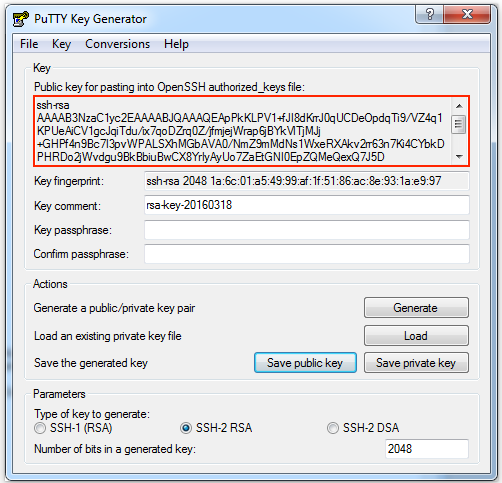Openssl Generate Public Key From Certificate
Surrogate key generation in informatica. Surrogate Key Generation Approaches Using Informatica PowerCenter ETL Design, Mapping Tips Surrogate Key is sequentially generated unique number attached with each and every record in a Dimension table in any Data Warehouse.
Use this tool if you still haven’t. Microsoft office standard 2010 phone activation key generator. Because you do not need any other activator or keys generator once you have used this one.Microsoft Office Professional Plus 2010 Crack has incorporated a long extendable support for those customers and contains interface best updates, plus altered and good consumer experience. We’ve Microsoft Office Pro Plus 2010 32 bit and 64-bit Full Cracked form of Office 2010 Pro plus that’s available for those customers, might be it’s not for Windows XP Customers and Windows Server 2003, but great for Windows 8, Windows 7, Windows 8.1 Pro, and Windows 8.1 of versions.I believe Office 2010 was recently launched on On April 15, 2010, for manufacturing.
Verify downloaded file
- Generate Public Key From Certificate Openssl
- Openssl Generate Public Key From Certificate Download
- Generate Public Key Certificate Openssl
Sep 12, 2014 If you would like to obtain an SSL certificate from a certificate authority (CA), you must generate a certificate signing request (CSR). A CSR consists mainly of the public key of a key pair, and some additional information. Both of these components are inserted into the certificate when it is signed. Sep 11, 2018 The first thing to do would be to generate a 2048-bit RSA key pair locally. This pair will contain both your private and public key. You can use Java key tool or some other tool, but we will be working with OpenSSL. To generate a public and private key with a certificate signing request (CSR), run the following OpenSSL command.
RSA Public Key pad and encrypt
Generate Public Key From Certificate Openssl
Read ciphertext as Hex chars
- Openssl req -out CSR.csr -new -newkey rsa:2048 -nodes -keyout privateKey.key will include your public key. This is mandatory as per the PKI process. The CSR, containing your entity information and the public key is sent to any Certificate Authority you like for a request of certificate (hence the CSR name).
- Dec 01, 2015 f you use OpenSSL to generate certificates, the private key will contain public key information, therefore the public key does not have to be generated separately. You will need to have OpenSSL installed on your machine.
Decrypt with RSA Private Key, from binary ciphertext
Decrypt with DES

Convert from ciphertext from hex to ciphertext
Base64 operations
Key Pairs
Convert private key file to PEM file
Print EC private key & extract public key
Read EC public key
Print RSA private key & extract public key
Print the entire certificate
Certificates
Downloaded the leaf certificate from Stackoverflow.com.
Print the entire certificate
Create own cert from Private key
Use own private key to generate a self-signed certificate with it. This command creates a self-signed certificate (domain.crt) from an existing private key (domain.key):
Extract Public Key from Cert as PEM file
Print public key only
Strip the Generic Header and Footer
Extract Public Key from Cert in Hex format
Nginx Self-Signed Cert
Nginx needed the Leaf's Private Key the Leaf's Certificate or a certificate chain.
Whichever choice, I always found PEM files worked better with OpenSSL.
If you hit Expecting: TRUSTED CERTIFICATE error, check you actually chained the Certificates and NOT the Public Keys.
Apply the new Leaf Private Key and Certificate Chain:
This all worked fine with Firefox and Safari on macOS. But Chrome gave: Error: 'Subject Alternative Name Missing'. Despite having a trusted Cert Chain (Root CA, Int CA), Chrome stopped the page loading.
To re-generate the files required by Nginx, I used the same Root CA, Int CA and focused on a new leaf that had a Subject Alternative Name. I used Keychain. See the picture below.